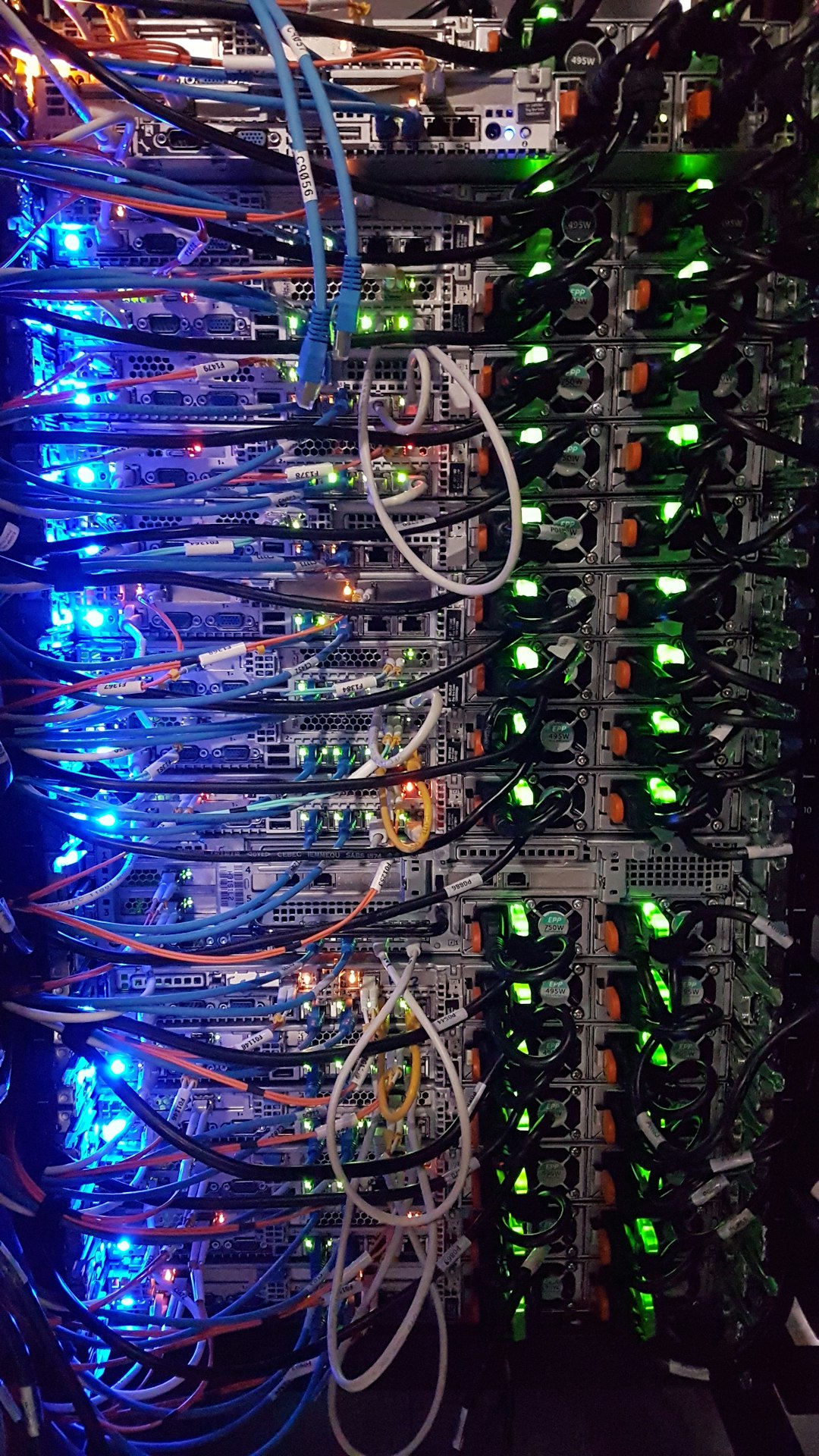Intelligent Transportation Systems: Creating Safer and Smarter Cities
In the era of rapid urbanization, the need for efficient and sustainable transportation systems has become paramount. Traffic congestion, accidents, and environmental pollution are some of the challenges cities across the globe are facing. However, thanks to advancements in technology, Intelligent Transportation Systems (ITS) are emerging as a solution, transforming cities into safer and smarter environments.
ITS is the integration of telecommunications and information processing technology into transportation systems to improve safety, efficiency, and provide a better experience for commuters. By leveraging real-time data and artificial intelligence, ITS aims to optimize traffic flow, enhance road safety, and reduce travel time for individuals. Let us explore some of the key aspects of ITS and how they are contributing to the creation of safer and smarter cities.
Traffic Management: Central to the concept of ITS is the ability to effectively manage and control traffic flow. By utilizing real-time data gathered from sensors, cameras, and vehicles, traffic management systems can monitor congestion levels, identify bottlenecks, and dynamically suggest alternative routes to drivers. This not only reduces travel time but also helps decrease traffic congestion, subsequently leading to lower carbon emissions.
Furthermore, ITS enables the implementation of adaptive traffic signals that adjust their timing based on real-time traffic conditions. These signals can alleviate congestion by prioritizing the movement of vehicles in areas with heavy traffic, reducing waiting times for drivers and improving overall traffic flow.
Road Safety: Enhancing road safety is another key objective of ITS. Through the integration of various technologies such as vehicle-to-vehicle communication (V2V) and vehicle-to-infrastructure communication (V2I), ITS enables vehicles to share important information with each other and with the surrounding infrastructure.
For instance, in the case of an emergency brake by one vehicle, the information can be communicated to nearby vehicles, alerting them to slow down or take evasive action. Similarly, vehicles can receive real-time updates about road conditions, hazards, and information about traffic signals, providing drivers with a comprehensive view of their surroundings, ultimately reducing accident rates.
Public Transportation: Intelligent Transportation Systems also play a crucial role in optimizing public transportation networks. By using real-time tracking systems and advanced scheduling algorithms, ITS can improve the efficiency and reliability of public transportation services. Commuters can access real-time information on bus and train schedules, plan efficient routes, and make informed decisions about their travel options.
Moreover, ITS enables the integration of various modes of transportation, such as buses, trains, and bikes, into a seamless network. This interconnectivity allows individuals to easily switch between different modes of transportation, further reducing traffic congestion and reliance on private vehicles.
Environmental Benefits: The implementation of ITS not only improves safety and efficiency but also contributes to environmental sustainability. By reducing traffic congestion and optimizing traffic flow, ITS helps minimize fuel consumption, resulting in lower carbon emissions and improved air quality.
Additionally, by encouraging the use of public transportation and alternative modes of transport, ITS reduces the number of vehicles on the roads, further contributing to a cleaner environment. With the increasing focus on reducing greenhouse gas emissions and combating climate change, ITS emerges as a crucial tool in achieving sustainable transportation systems.
Challenges and Future Perspectives: While the potential benefits of Intelligent Transportation Systems are evident, there are still challenges to overcome. One of the key challenges is the need for extensive infrastructure and the integration of various technologies. Collaboration between different stakeholders, including governments, private companies, and research institutions, is essential to ensure the successful deployment of ITS.
Furthermore, security and privacy concerns must be addressed to gain user trust and acceptance. Protecting personal data and ensuring the cybersecurity of ITS infrastructure should be a top priority to prevent potential misuse of information and cyber attacks.
Looking to the future, the development of autonomous vehicles and the expansion of the Internet of Things (IoT) will further revolutionize ITS. With self-driving cars becoming more prevalent, the potential for greater efficiency and safety in transportation is immense. Additionally, the incorporation of IoT sensors in infrastructure and vehicles will enable more accurate real-time data collection and analysis, leading to even smarter transportation systems.
In conclusion, Intelligent Transportation Systems are revolutionizing the way cities function, creating safer, more efficient, and sustainable urban environments. By leveraging real-time data, artificial intelligence, and advanced communication technologies, ITS enhances traffic management, road safety, and public transportation networks. While challenges remain, the future of ITS looks promising, with the potential to transform cities across the globe into smarter and safer communities.
